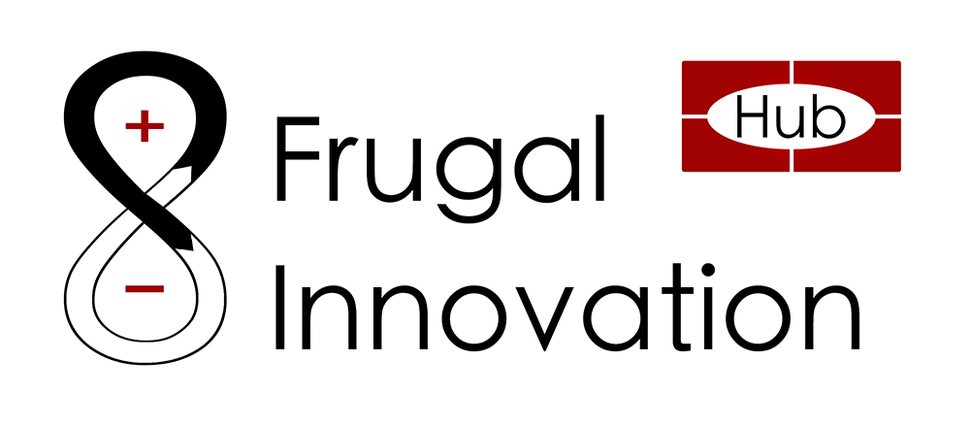Frugal innovation, an unexploited mine
Frugal innovations aims at the bottom of the pyramid (BoP), underpriveliged people with an average spending of costs . In other words: stripped down to the essential parts, leaving the luxury behind. There are two types of frugal innovations:
- The existing technical product, stripped down to the basics so it is affordable for the BoP
- Creating technical products for 3rd world countries but has to be affordable.
The misconception with regard to the development and production of frugal innovation I found fascinating is that they believe that limited purchasing power of BoP consumers cannot be translated into profit due to low prices. But then again, there are four billion people living in the BoP which is more than half of the world population. Entering this market with frugal innovation and making a product affordable for half of the world’s population causes a huge change of selling. But that is not the only advantage, but companies like apple want to maintain an exclusive product, but image a firm with a good name reputation selling their product without the luxury worldwide. This would have a huge impact and both positive and negative consequences:
- Economically: technical products that have helped use get to the point where we are today could benefit the economically low countries that struggle to get along. Frugal innovation could have a big impact on the economics of these countries,
- Socially: these technical products of any source helped us to become more connected with other people in order to create and innovate even more products. By implementing these innovations in developing countries could be a big advantage in social development and getting people to gather to grow their own country.
Aside from these two postive effects on innovation in developing countries, there are also negative effects:
- Working conditions: frugal innovation is a low cost product but where does it safe on cost ? what are the work conditions and wages of the workers? These are questions that need to be asked in order to be responsibly innovative, otherwise the product should not be produced
- Child labor: when you buy the product you cannot see on the exterior by who it was produced. You need to trust the producers on their word that there was no child labor or similar involved in the process.
But what I found even more interesting are the valuable materials most of the technological products contain. And this should be an important point for frugal innovation. When a company decides to aim at frugal innovation and thereby aim their market at half of the world's population, they should be well aware of the valuable materials in the products they produce. Not only because of the mass-scale production but also of the manner in which these resources are being mined and under which conditions the mining is happening. Producers need to focus on these negative effects and how these negative effects go hand in hand with each other. If all this is taken into account, we can speak of responsible innovation.
